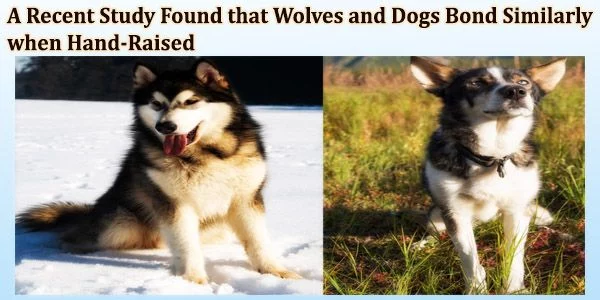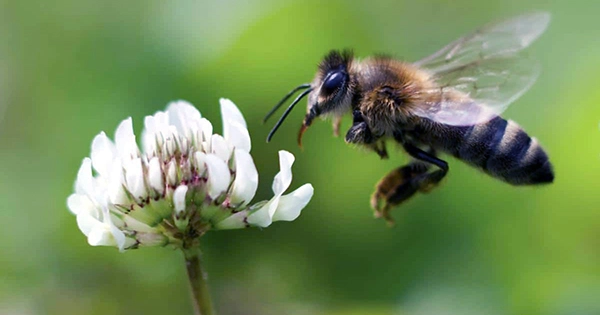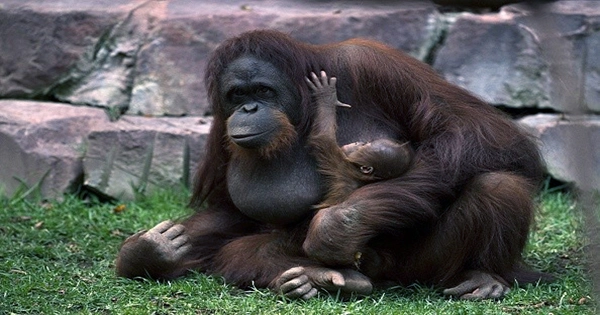Results from an experiment comparing wolves reared by hand to dogs raised in the same way, conducted by a researcher at the University of Stockholm, speak directly to one of the unanswered problems about dog evolution.
Her findings, which were published in the Journal of Ecology and Evolution on September 22 (2022), specifically demonstrate that wolves, at least in these experimental settings, demonstrate the capacity to develop close ties with their human handlers and even to accept other people.
Because many so-called experts in the field refuse to accept that the difference between the wild wolf and the domestic dog is less evident than they want to believe, press reports on this experiment have received mixed reviews.
The ability of wolves to establish enduring and solid social relationships with people has long been recognized. However, what is known and what is considered to be “known” are frequently two distinct things. This is frequently because of the participants’ prejudices and deeply held, unquestioning views.
Consider, if you will, that Christina Hansen Wheat, the lead author behind the September 22 article, chose to employ a psychological test called the “Strange Situation Test,” which measures the subject’s response to different situations involving the presence or absence of strangers and their caregiver in the room with it. Their response was then measured by intensity and duration.
The researchers discovered that hand-raised wolves responded to some of the scenarios similarly to dogs and were similar in other ways. The test, which was created to gauge a baby’s attachment to its mother, was used by the researchers.
In the experiment, the researchers raised ten wolves from birth and compared their responses to test situations with twelve 23-week-old Alaskan huskies, which they had raised similarly to the wolves, but not identically, from birth.
For example, the animals’ reactions were identical when their caregiver and a stranger were present, but when the stranger was alone, the wolves paced more than the dogs, which is an indication of stress.
If replicated, these findings undercut the prevailing theory that changes in the ability of wolves to form social bonds with people were a necessary prerequisite to domestication that is, the changes made the transformation from wolves to dogs possible.
Contrarily, these results support the idea that the wolf already possessed the capacity and that, over the duration of thousands of years spent coexisting as dogs with humans, it was possible to develop or improve it by artificial, that is, human selection.
I have suggested that the ability to form strong social bonds with not just humans, but other species too, is a characteristic of wolves and dogs that, in effect, was always with them. It is, as I have suggested before, that the dog is inherent in the wolf; an inevitability, a creation of genetic fate. It is as if, under similar circumstances, one would still end up with a dog.
We know, for example, that in the late 19th and early 20th centuries, there was a push in the United States and other English-speaking countries to “civilize” the dog that is, to make it more attractive to human desires in terms of behavior and appearance. There may have been times when people purposefully chose particular canine habits, such as choosing an animal that could gather and herd sheep or retrieve game.
For instance, it is well known that certain dogs reared from birth by a mother of a different species will develop strong ties of the kind that make them seem to identify with the other species.
















